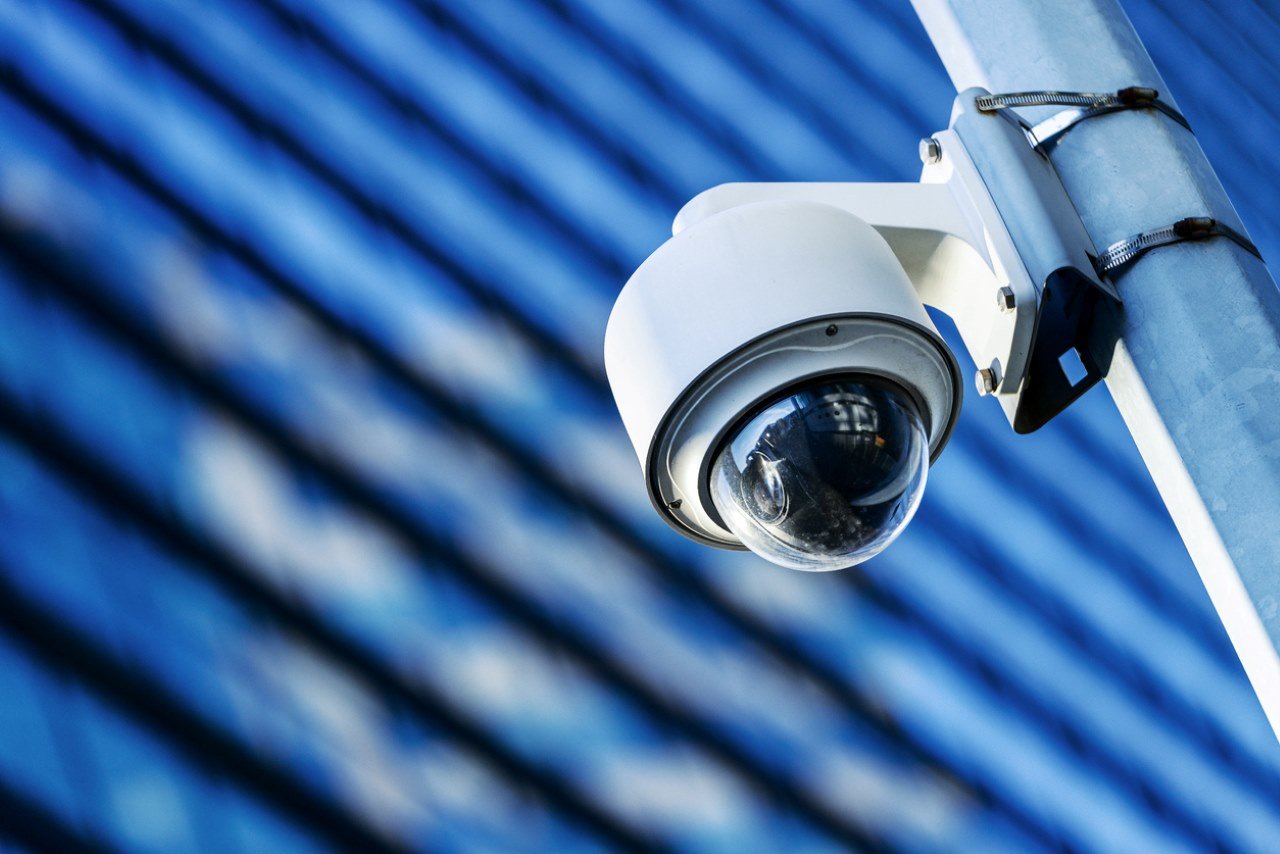Analog vs digital IP security cameras: What’s the difference?
In the complex landscape of security surveillance, choosing the right type of camera system—be it analog or digital—is crucial for effective monitoring and protection. As technology evolves, so do the capabilities and features of surveillance cameras, leading to significant distinctions between analog and digital IP security cameras. This article explores these differences in detail, highlighting what sets them apart in terms of technology, functionality, and application.
Analog security cameras
What is an analog security camera?
Analog security cameras, commonly referred to as closed-circuit television (CCTV) systems, represent the foundational technology in the surveillance industry. These cameras transmit video signals in a traditional analog format, which is then converted into a digital format using a Digital Video Recorder (DVR) for storage and viewing. Analog systems are primarily characterized by their straightforward, direct connection from the camera to the DVR using coaxial cables.
Features of analog security cameras
The primary features of analog security cameras include lower resolution images and a simpler setup process. They operate using standard definition resolutions, typically ranging from 480p to 720p. Analog cameras capture continuous video signals as voltage fluctuations over coaxial cables, which are then processed by the DVR. The simplicity of this technology makes it robust and reliable for basic surveillance needs.
Benefits of analog security cameras
One of the chief advantages of analog cameras is cost-effectiveness. They are generally less expensive than their digital counterparts, making them an attractive option for businesses or individuals on a tighter budget. Moreover, analog cameras offer a high degree of compatibility with existing older systems, allowing for easier integration without the need for complete system overhauls. Their durability and low maintenance requirements also add to their appeal in various industrial environments.
Limitations of analog security cameras
Despite their benefits, analog cameras have limitations that might affect their suitability for all security needs. The most notable is the lower image quality, which can be a significant disadvantage when clarity and detail are necessary, such as facial recognition or license plate identification. Furthermore, the range of features available with analog systems is often more limited, lacking the advanced analytics and functionalities that modern digital systems provide. Another drawback is the inherent restriction in scalability. As analog systems are hardwired, expanding them involves significant infrastructure changes, which can be both cumbersome and costly.
Seize the benefits of automated video redaction today.
Digital IP security cameras
Definition of digital IP security cameras
Digital IP (Internet Protocol) security cameras represent a leap forward in surveillance technology. Unlike analog systems, IP cameras convert the captured video into digital format directly at the camera level; this digital video is then transmitted over a network, allowing it to be accessed from anywhere via the internet, enhancing the flexibility of monitoring but also improves the scope of surveillance applications.
However, given the capabilities for detailed surveillance, issues of privacy and data protection also become increasingly significant - you can take a look at our blog on why we blur faces on CCTV for more details on this subject.
Features of digital IP security cameras
Digital IP cameras are equipped with higher resolutions and more sophisticated technologies, and they support resolutions that far exceed the 1080p standard, providing much clearer and more detailed images. Additionally, many IP cameras come with built-in features such as motion detection, night vision, and on-board analytics, which can analyze video content in real-time.
Benefits of digital IP security cameras
Digital IP cameras offer superior image quality, which is essential for accurately capturing details in surveillance footage; their ability to integrate easily with other digital systems through wireless networks reduces the complexities and costs associated with cable infrastructure. Furthermore, the scalability of digital cameras allows for easy expansion of surveillance systems, as they can be seamlessly added to existing networks without significant disruptions.
Limitations of digital IP security cameras
However, digital IP cameras are not without their limitations. They tend to be more expensive both in initial setup and maintenance due to the higher technology involved. Additionally, as these cameras rely heavily on network connections, they can be susceptible to network issues such as lag or vulnerability to cyber threats. This necessitates robust cybersecurity measures, which can entail additional costs and complexities.
For more on the importance of protecting privacy in surveillance, explore our CCTV video redaction services here.
Factors to consider when choosing the right security camera
When selecting a security camera system, several factors need consideration to ensure that the chosen solution meets specific security requirements effectively:
Budget
While analog cameras are generally less expensive upfront, digital cameras, despite their higher initial cost, can offer longer-term savings through better scalability, fewer wiring requirements, and reduced maintenance.
Image quality
Image quality is crucial for areas where security and identification are priorities. Higher-resolution cameras typically mean better image quality, making digital IP cameras preferable for situations requiring detailed surveillance.
Scalability
The scalability of a security system should match future expansion plans. Digital systems provide superior scalability, as additional cameras can be integrated into the network without significant infrastructure changes.
Existing infrastructure
For businesses with existing analog systems, upgrading to digital cameras can be a substantial investment. However, hybrid systems that utilize both analog and digital cameras might be a cost-effective solution.
Integration with other systems
Integration capabilities with other security systems, such as alarm systems and access controls, are also important. Digital IP cameras often offer better compatibility with modern technology, facilitating comprehensive security solutions.
Installation and maintenance
Finally, the ease of installation and ongoing maintenance requirements are important considerations. Digital cameras typically provide easier installation and more straightforward maintenance than analog systems.
The bottom line
Ultimately, the choice between analog and digital IP security cameras involves a careful consideration of various factors including cost, image quality, scalability, and the specific security needs of your environment. As the security landscape continues to evolve, the advanced capabilities and flexibility offered by digital IP cameras make them a compelling choice for future-proofing your security infrastructure.



